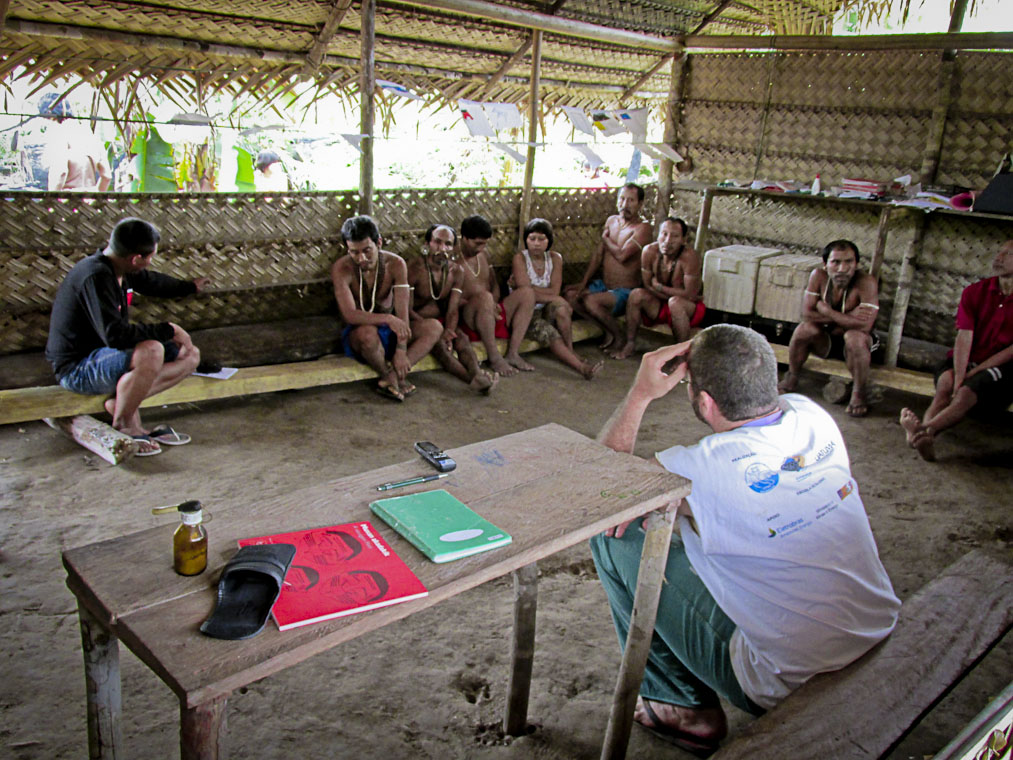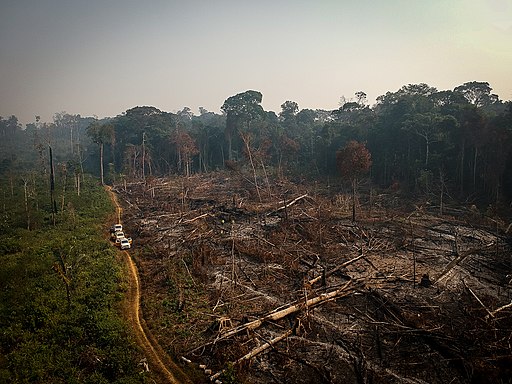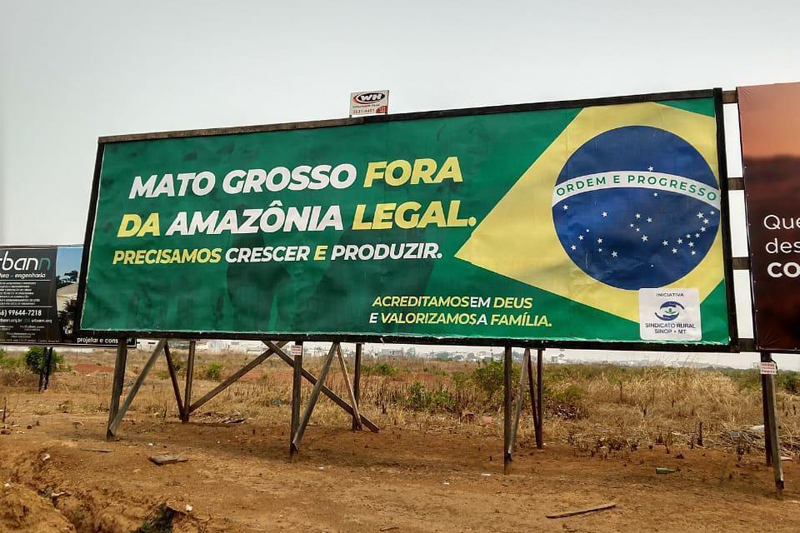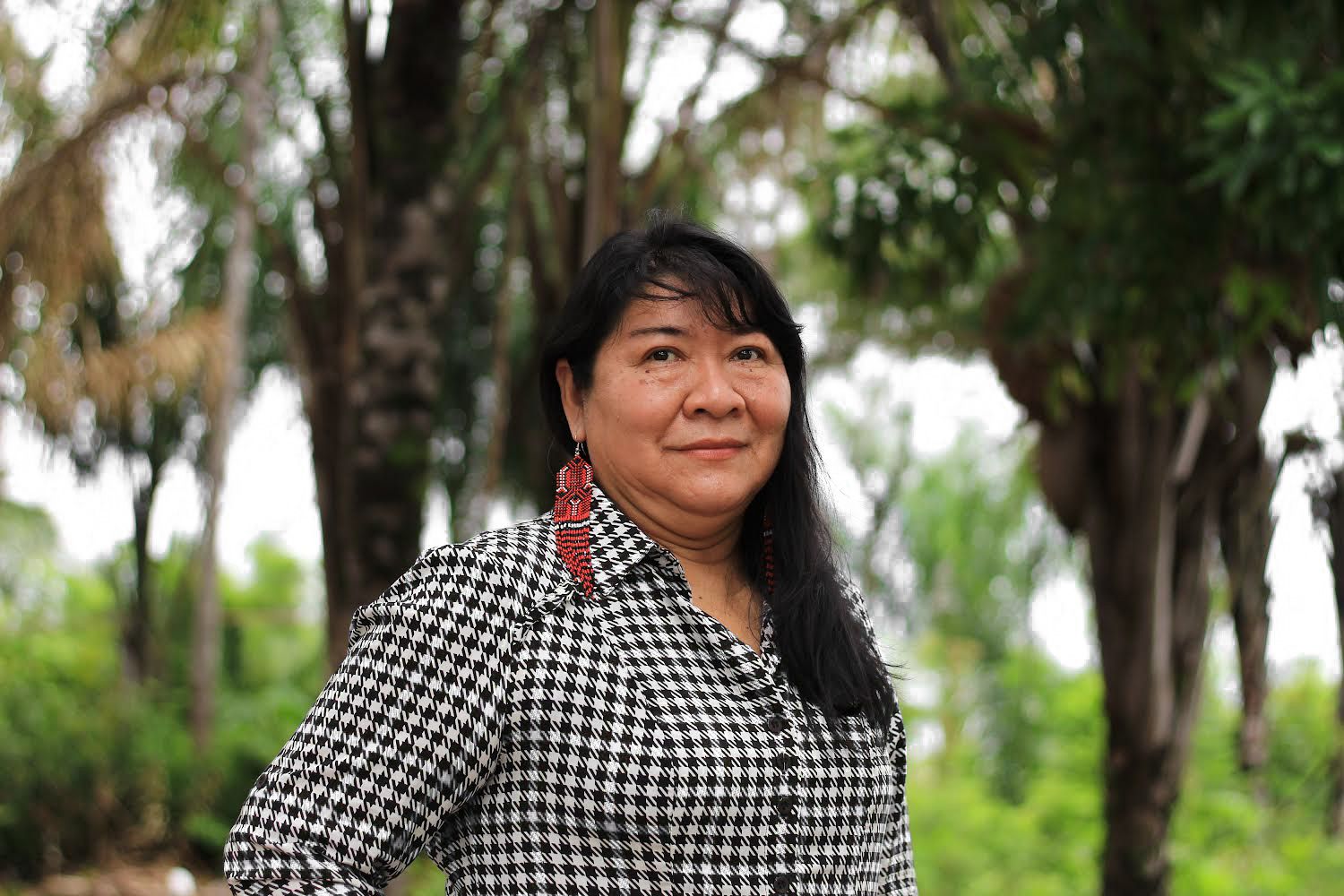The murders of the indigenous defender Bruno Pereira and the British journalist Dom Phillips attracted the world’s gazes to the region of the Javari Valley, in the west of Amazonas. The second largest indigenous land in Brazil is home to the largest number of isolated populations in the world and has two National Indian Foundation (Funai) bases, where Bruno worked since 2010, helping to protect the area from criminal invasions. His hard work caught the attention of the invaders, who proceeded to threaten him.
Between 2007 and 2009, before taking over the General Coordination of Isolated and Newly Contacted Indians (CGIIRC) of FUNAI, the indigenous defender Carlos Travassos, a 42-year-old friend of Bruno’s, felt the fear and insecurity of working in that region, the target of several conflicts caused by drug trafficking, illegal hunting, fishing, mining, and logging.
According to Travassos, an already dire situation became even worse when the “anti-indigenous” politician Jair Bolsonaro reached the President’s office, intensifying the dismantling of the already battered Funai and empowering environmental offenders through his anti-democratic statements.
What happened in the Javari Valley after that was the further sophistication of criminal endeavors, the geographer said in this interview with InfoAmazonia. The son of political prisoners in the military dictatorship, Travassos is currently one of the main authorities on isolated indigenous groups in Brazil, with 15 years of experience in the field. He couldn’t hold back his tears when talking about the fate of Bruno Pereira and Dom Phillips and reflected on the course of the struggle for indigenous peoples in a country hostile to its ancestral peoples and their leaders.
Travassos now works in Maranhão with the Awá Guajá people.
Read the interview below:
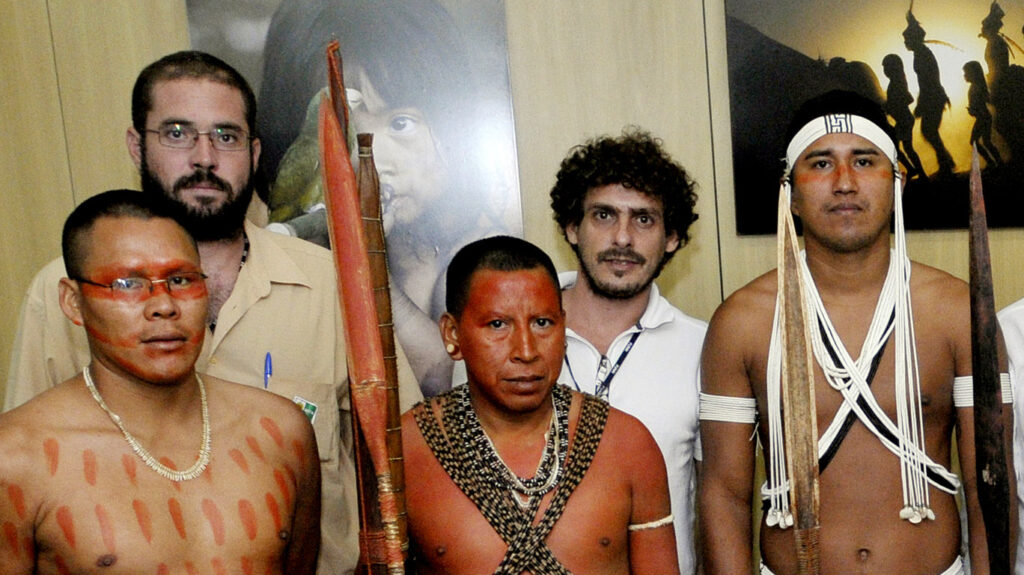
InfoAmazonia – We can start with a general overview of the Javari Valley. What was the demarcation process like?
The Vale do Javari Indigenous Land was demarcated in the 1990s. At the time, there was a trend to demarcate the indigenous lands as isolated “islands” where each group lived, without thinking about the environment as a whole. What made this locality contiguously demarcated, totaling 8.5 million hectares, were the studies of the presence of isolated groups. It was a region that had been direly affected by logging. The shores of the rivers were occupied by lumber bosses, who had practically enslaved the indigenous peoples of the region. After the demarcation, these non-indigenous residents who had been born and raised there left.
Over the years, Amazonian cities have grown, both on the Brazilian side and on the Peruvian and Colombian sides. The populations of these municipalities increased, as did fishing and hunting. Then a shortage of fish and other animals started taking hold. In the indigenous land, the exact opposite takes place, because you have full protection there. The fauna and flora are vigorously restored there. This is how this process of territorial pressure begins. Furthermore, an animosity that has always existed between these residents and indigenous peoples was exacerbated.
Is there an estimate of how many isolated peoples there are in the Javari Valley? What are the contacted groups that live there?
We have 16 regions with evidence of isolated groups. It is estimated that there are 11 different groups living in these regions. It is the largest concentration of uncontacted peoples in the world. Among the contacted groups we have the Matsés, known as Mayoruna; the Marubo and their subgroups; the Matis, who also call themselves Matsés, but are a different ethnicity; the Kanamari, who are from another linguistic family; and the Kulina, a very small group who suffered a very severe depopulation during the process of contact and demarcation, but who are re-establishing themselves as a people today.
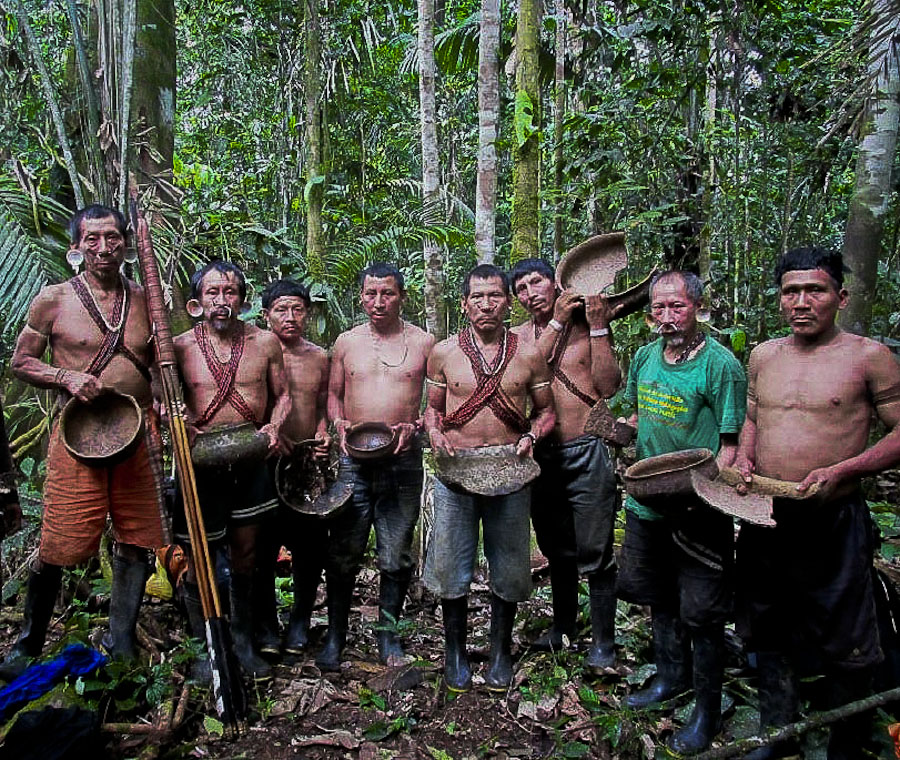
What are the ways of life of these isolated peoples like?
They’re farmers. Also hunters and gatherers, of course, but they have rich agriculture, with cassava, potatoes, corn, cotton, annatto, jenipapo, and a series of seasonal crops. They also have perennial crops, such as palm trees, peach palms, açaí, and bacaba. They are very sophisticated in terms of their habits, food culture, and the way they occupy their territory. There are also cosmological aspects and traditions to consider which are closely linked to the seasons and the characteristics of the environment. Some groups are closer to others and interact with positive exchanges. Sometimes you have alliances, but you also have wars.
You took part in some fronts to protect these peoples. What’s this job like? What are its quirks?
It is a line of work that requires detachment from the life we are used to. You have a need imposed by distance and involvement to spend prolonged periods out there. The infrastructure is in very precarious conditions. We lacked food, we had to get our food from the forest itself. When it rained a lot you couldn’t fish, the indigenous people couldn’t hunt, and we were in a jam.
But people do not understand the importance of this work, which requires a passion for being in the forest, in an environment that is not like our own. At the same time, it is very rewarding to work with indigenous peoples.
What changed in that region from 2019, when you left, to now? Have the threats, for example, intensified?
At the time I worked there, an epidemic of hepatitis and malaria that beat the worst rates in African countries was going on. A lot of people were dying. Now, the situation is more under control on that front. But that control then decayed again. At the end of the Dilma government, we started to see budget cuts, leading to a dangerous scenario for Funai in the areas with isolated groups. When Michel Temer took over, a second budget cut occurs. Soon after, Bolsonaro took office and you see that the pressure of the agribusiness and evangelical caucuses on Funai is constantly growing. That’s when it starts to fall apart.
So, you have a population that is encouraged by the government to exploit the forest’s resources. We have no idea how the words of a president can influence someone who’s already used to practicing environmental crimes. The Javari Valley has shown us how the words of a president can influence the increase in crime. We noticed the emergence of much more sophisticated criminal structures, because before this perception of impunity was much smaller. Now we have equipment being seized and, the very next day, the same guy shows up with a new canoe, net, and engines. The guns they used were different. Something was changing. The criminal structure started increasing in strength.
What are the main threats to the indigenous peoples of the Javari Valley?
We can list all the different kinds of environmental crime. We have hunters and fishermen, for example – we minimize their actions, thinking that they act solely to survive. No! They’re involved in commercial hunting. These are very dangerous people who live to kill. Their nature is a nature of death. They are brave guys who walk in the jungle alone, always armed, and often know the region better than even the indigenous people. Then we have drug trafficking, which has its own rules. Anyone who goes against these rules is eliminated. Illegal logging works more or less like this too. It operates through a primitive and violent modus operandi. Illegal mining is also harmful because out of 100 wildcat miners, 10 will say: “if the Indians come, we will kill them”.
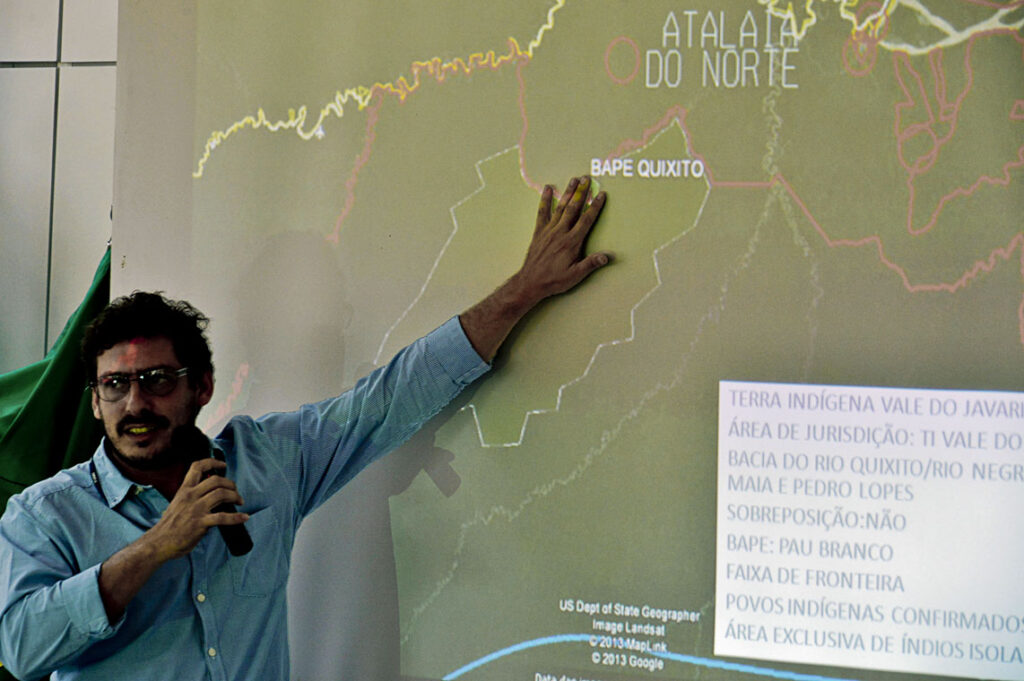
“We minimize the action of hunters and fishermen, thinking that they’re just trying to survive. But no! That is commercial hunting. They are very dangerous people, who live by killing. Their nature is a nature of death.”
How do these illegal activities impact Funai’s work?
They impact the work a lot. First, if you have 10 people on the job, then the threats start coming in, and suddenly there’s only one person left. And that one person will be all alone. So we wonder how far it’s worth taking a risk. Bruno Pereira was fighting for the protection of that land. Now that he’s been murdered, I wonder if something’s going to change. Will stepping up and protesting improve protection in the Javari Valley? This issue of fear and insecurity is terrible.
In your opinion, what should be done to minimize these problems regarding threats and crimes that happen inside the Indigenous Land? What would the ideal policies be like?
There is no such thing as an isolated action. It begins with work aimed at the surrounding population, raising environmental and criminal awareness, and also providing income generation, because these populations seek criminal enterprises to have access to income, which is, in some way, provided to them. What is the project for the region of Atalaia do Norte? We need to think about what the region’s aptitudes are. It is a beautiful area, with a strong potential for tourism. We could implement a technical education institute focusing on tourism, in pharmacological production, etc… You have to get the mayors to come to the negotiating table. If we do not act on these structural issues, command-and-control actions will not be enough to protect these lands.
On the other hand, you do have to have very efficient command-and-control actions as well. Because if a guy knows that he’s going to pay for it, he’ll think twice before committing a crime. But if he knows he’s going to succeed in the invasion, his risks are minimized.
After the dismissal of Bruno Pereira from the General Coordination of Isolated and Newly Contacted Indians (CGIIRC), there was the appointment of an evangelical missionary to the spot. Last year, a military appointee at FUNAI spoke of “setting fire” to the isolated indigenous people of the region. What’s going on in this department and in Funai as a whole?
It’s an institution that was sick, and they sent someone to kill the life support. I’m under the impression that the current president of FUNAI, Marcelo Xavier, and the people with him in command came in with a pillow in tow to smother the institution once and for all. He’s a federal police officer with an aggressive discourse, very hard to talk to. He imposes fear on the workers through moral harassment, arbitrary transfers and firings, and speaking in a style typical of Bolsonaro, saying that whoever stands against him will regret it.
It’s an institution that was sick, and they sent someone to kill the life support. I’m under the impression that the current president of FUNAI, Marcelo Xavier, and the people with him in command came in with a pillow in tow to smother the institution once and for all.
I also have a critical view of our generation. I think it was a privileged generation in the sense of guaranteeing civil rights, but in the face of this threat from Bolsonaro, we shrank and became afraid of the reaction. We failed to exercise our rights, to defend ourselves if we were prosecuted for doing the right thing. It was not a cowardly posture, but it was a posture with too little action and too much introspection. The threats deeply affected people. Those who had the courage to continue, like Bruno, were by themselves.
What does the murder of Bruno Pereira mean in the struggle to protect indigenous peoples? Who is responsible and needs to be held accountable?
Accountability has to be complete. It is not only those who might have executed Bruno, or those who had him killed, the omission of the State also needs to be considered. The president of FUNAI, the director of Territorial Protection, and the general coordinator of Isolated Indians, who are the three relevant levels of hierarchy, have responsibility for the murder. If they do not have some accountability for these deaths, the change arising from Bruno’s murder will amount to nothing. We have this Eurocentric vision of the hero who needs to die to be recognized. We need to value people’s struggles while they’re alive. Bruno wasn’t there by chance. I haven’t seen any movements from FUNAI aiming to change the structure. Did Marcelo Xavier have a mission to accomplish? He did. Didn’t he accomplish it? He has to pay. These guys have to answer in court.
Did Marcelo Xavier (president of Funai) have a mission to accomplish? Yes, he did. If he didn’t accomplish it, he has to pay. These guys have to answer in court.
Last year you published an article in Veja entitled “Resilience as proof of Humanity”. In it, you write that “the cost of fighting for the forest begins with a fear of death and restrictions on freedom.” How to sustain this struggle in a country with such a violent history against environmental leaders?
Yeah, it’s complicated. We all have families. You take a chance and end up dragging everyone along. It’s very hard to be alone. The indigenous people who are in charge of this work have a very hard time explaining why they are taking risks to their families. I get the impression that everyone admires our work and is concerned, but no one wants to give up their life. It would be easier if it were a collective struggle and not a small contingent of people involved. I always believed that eventually our society would wake up and value this struggle. But what I’ve realized is that our relationship with a given set of information lasts three weeks at the most. Soon, the deaths of Bruno and Dom will be just two more among many.
Bills and legal theses are being advanced in Brasilia, such as the “marco temporal” or “time limit thesis”, aiming to change rules for the demarcation of indigenous lands, among other effects. What impact do these policies have on native peoples?
They are regressive and devastating. These actions, both in Congress and the judgment of the time frame thesis by the Supreme Court, are very worrying. These guys have the end of indigenous policies and of the principles of a democratic rule of law at their hands. When the STF discusses the “time limit thesis”, it is playing with our capacity for historical, political, and social discernment. The Executive is not very sensitive to indigenous issues, but the Judiciary is worse. Perhaps you have 1% of the judiciary that can understand at least one humanitarian issue regarding isolated peoples.
When the Supreme Court discusses the “time limit thesis”, it is playing with our capacity for historical, political, and social discernment.
This year we will have the renewal of the Brazilian political framework. What are your expectations?
It’s going to be a war. I worked at Funai in the Lula government and during two years of Dilma’s government. All we heard was that we could not move forward because of the power structure in Congress. The concessions these people got were absurd. Today, we realize the weight of these power struggles. Bolsonaro hasn’t become president by chance. A process building a reactionary state took place, leading the way for Bolsonaro to take over. The challenge today is huge because to combat this extreme right, you have to further increase ties with the center and the center-right, who realized that Bolsonaro cannot live up to their expectations. But there is a positive side: for the first time, the world has put environmental issues on the agenda and, within environmental issues, the Amazon is in a privileged position. People are beginning to feel the impacts of global warming, even sectors within agribusiness. In 2023, we will have a scenario in which this will weigh heavily.
Interview by InfoAmazonia for the PlenaMata project.


